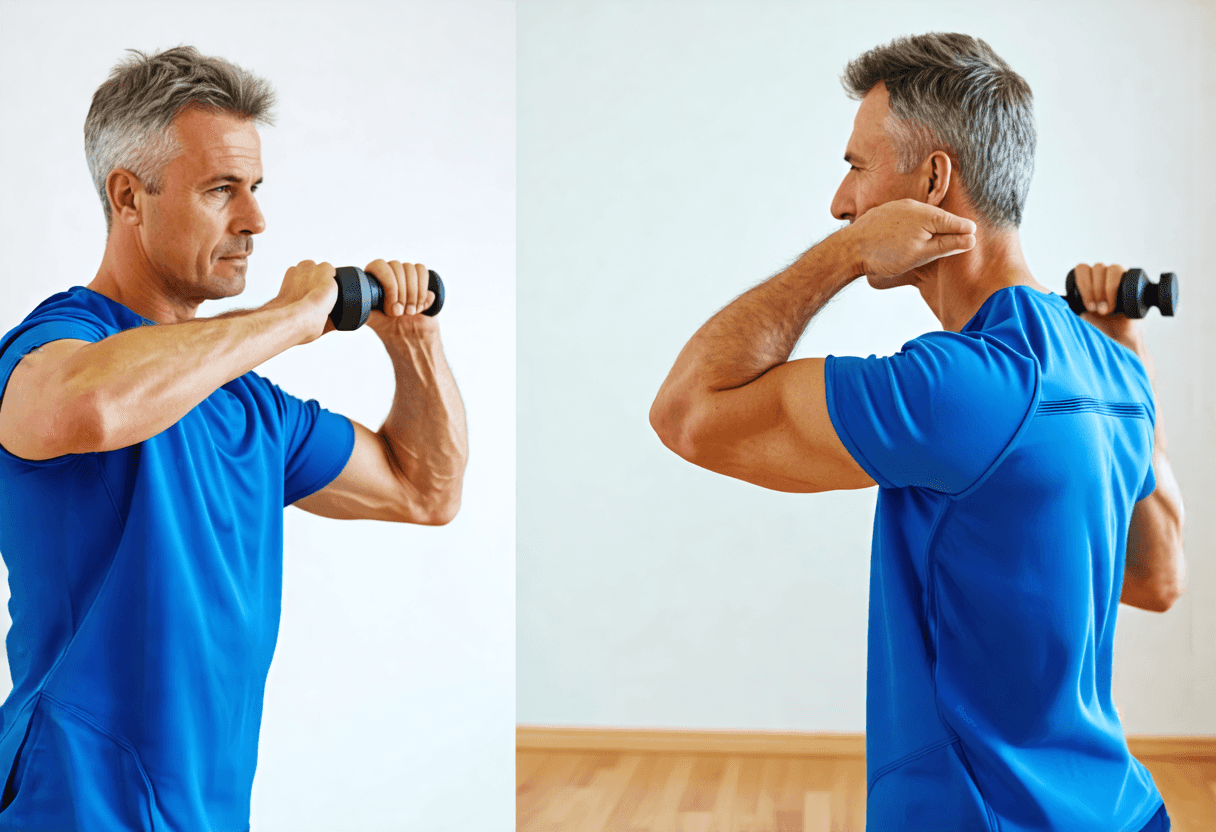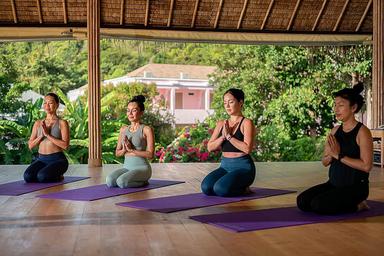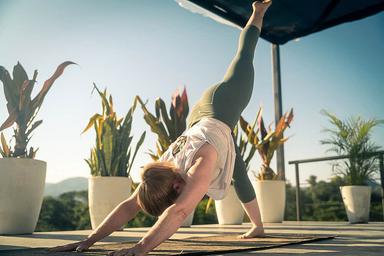
Shoulder Strength: Exercises After Rotator Cuff Surgery
07 Nov, 2024
 Healthtrip
HealthtripRecovering from rotator cuff surgery can be a daunting task, especially when it comes to regaining strength and mobility in your shoulder. The thought of rehabilitation can be overwhelming, but with a clear understanding of the exercises and timeline, you can set yourself up for a successful recovery. As a leading medical tourism platform, Healthtrip understands the importance of proper rehabilitation, and we're here to guide you through the process. In this post, we'll delve into the world of shoulder strength exercises after rotator cuff surgery, helping you navigate the road to recovery with confidence.
Understanding Rotator Cuff Surgery and Rehabilitation
Before diving into the exercises, it's essential to understand the significance of rotator cuff surgery and the rehabilitation process. The rotator cuff is a group of muscles and tendons that surround the shoulder joint, providing stability and mobility. When the rotator cuff is injured or torn, surgery may be necessary to repair or replace the damaged tissues. The goal of rehabilitation is to restore strength, mobility, and function to the shoulder, allowing patients to return to their daily activities without pain or discomfort.
Most popular procedures in India
The Importance of Post-Surgery Rehabilitation
Rehabilitation plays a critical role in the success of rotator cuff surgery. A well-structured rehabilitation program can help reduce the risk of complications, improve range of motion, and strengthen the shoulder muscles. Without proper rehabilitation, patients may experience limited mobility, weakness, and chronic pain. A comprehensive rehabilitation program typically lasts several months, with a gradual progression of exercises and activities tailored to the individual's needs and progress.
Wellness Treatments
Give yourself the time to relax
Lowest Prices Guaranteed!

Lowest Prices Guaranteed!
Phase 1: Immediate Post-Surgery (0-6 Weeks)
The initial phase of rehabilitation focuses on reducing pain and inflammation, promoting healing, and maintaining range of motion. During this phase, patients should avoid heavy lifting, bending, or overhead activities. Instead, they should focus on gentle exercises that promote passive range of motion, such as:
Pendulum Exercise
Hold a light weight (less than 1 pound) in the affected arm and gently swing it in a circular motion, first clockwise and then counterclockwise. Repeat for 5-10 repetitions, 3-4 times a day.
Wall Slide Exercise
Stand with your back against a wall and your affected arm at your side. Slowly slide your arm up the wall, keeping your elbow straight, and then slowly lower it back down. Repeat for 5-10 repetitions, 3-4 times a day.
Phase 2: Strengthening and Progressive Mobility (6-12 Weeks)
As the shoulder begins to heal, the focus shifts to strengthening the rotator cuff muscles and improving range of motion. Patients can progress to more advanced exercises, such as:
Resistance Band Exercise
Hold a resistance band in the affected arm and perform a shoulder rotation, keeping your elbow at a 90-degree angle. Slowly rotate your shoulder inward and then outward, repeating for 5-10 repetitions, 3-4 times a day.
Scapular Squeeze Exercise
Sit or stand with your arms at your sides and squeeze your shoulder blades together. Hold for 5-10 seconds and release. Repeat for 5-10 repetitions, 3-4 times a day.
Phase 3: Advanced Strengthening and Functional Activities (3-6 Months)
In the final phase of rehabilitation, patients can progress to more advanced strengthening exercises and functional activities, such as:
Push-Up Exercise
Perform a modified push-up on your knees, keeping your affected arm straight and your core engaged. Slowly lower your body toward the ground and then push back up. Repeat for 5-10 repetitions, 3-4 times a day.
Functional Activities
Gradually incorporate functional activities, such as lifting light weights, carrying groceries, or performing daily tasks, into your daily routine.
Conclusion
Recovering from rotator cuff surgery requires patience, dedication, and a well-structured rehabilitation program. By understanding the importance of post-surgery rehabilitation and incorporating exercises tailored to your individual needs, you can set yourself up for a successful recovery. At Healthtrip, we're committed to providing our patients with the resources and support they need to achieve optimal health and wellness. If you're considering rotator cuff surgery or are in the process of rehabilitation, our team of medical experts is here to guide you every step of the way.
Related Blogs

How Healthtrip Ensures Quality & Safety in Eye Surgery Procedures
Detailed guide on eye surgery, featuring doctors, hospitals, risks, recovery,

End-to-End Logistics for Eye Surgery with Healthtrip's Support
Detailed guide on eye surgery, featuring doctors, hospitals, risks, recovery,

Healthtrip's Care Coordinators: Your Support During Eye Surgery
Detailed guide on eye surgery, featuring doctors, hospitals, risks, recovery,

Top 5 Indian Hospitals for Eye Surgery
Detailed guide on eye surgery, featuring doctors, hospitals, risks, recovery,

Post-Eye Surgery Diet and Lifestyle Tips
Detailed guide on eye surgery, featuring doctors, hospitals, risks, recovery,

Common Risks in Eye Surgery and How Healthtrip Manages Them
Detailed guide on eye surgery, featuring doctors, hospitals, risks, recovery,










